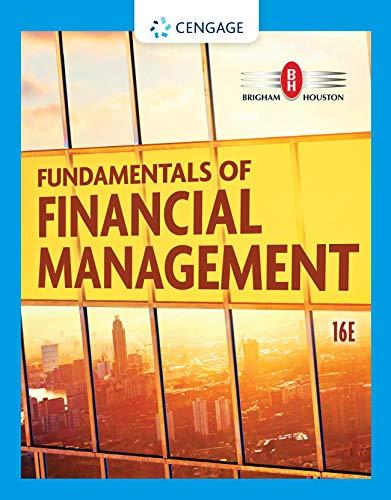Question
Via Rail CP Rail 2021 2022 2021 2022 Current assets Cash 4,400 9,741 69 451 Accounts receivable 71,186 154,189 819 1,016 Inventory 30,191 25,655 235
| Via Rail | CP Rail | |||
| 2021 | 2022 | 2021 | 2022 | |
| Current assets | ||||
| Cash | 4,400 | 9,741 | 69 | 451 |
| Accounts receivable | 71,186 | 154,189 | 819 | 1,016 |
| Inventory | 30,191 | 25,655 | 235 | 284 |
| Other | 9,234 | 10,572 | 229 | 138 |
| Total current assets | 115,011 | 200,157 | 1,352 | 1,889 |
| Long-term assets | ||||
| Property, plant, and equipment | 1,285,893 | 1,473,578 | 21,200 | 22,385 |
| Long-term investments | 52,405 | 51,140 | 42,518 | 45,314 |
| Intangible assets | 356,119 | 387,958 | 371 | 386 |
| Other long-term assets | 368,065 | 478,494 | 419 | 420 |
| Total long-term assets | 2,062,482 | 2,391,170 | 64,508 | 68,505 |
| Total assets | 2,177,493 | 2,591,327 | 68,177 | 73,495 |
| Current liabilities | ||||
| Accounts payable and accrued liabilities | 161,637 | 234,498 | 1,609 | 1,703 |
| Notes payable - current | 9,008 | 8,137 | 1,550 | 1,510 |
| Other current liabilities | 21,999 | 37,680 | ||
| Total current liabilities | 192,644 | 280,315 | 3,159 | 3,213 |
| Long-term liabilities | 1,830,840 | 2,075,829 | 31,189 | 31,396 |
| Total liabilities | 2,023,484 | 2,356,144 | 34,348 | 34,609 |
| Common share capital | ||||
| Preferred share capital (if any) | 9,300 | 9,300 | 25,475 | 25,516 |
| Retained earnings | 144,709 | 225,883 | 10,391 | 13,201 |
| Other equity | 2,037 | 169 | ||
| Total equity | 154,009 | 235,183 | 33,829 | 38,886 |
| Total liabilities and equity | 2,177,493 | 2,591,327 | 68,177 | 73,495 |
| Operating revenue | 133,456 | 334,160 | 7,995 | 8,814 |
| Cost of goods sold | 617,186 | 805,171 | 4,789 | 5,485 |
| Other operating expenses | 6,882 | 15,779 | 854 | 1,468 |
| Other income | 477,534 | 463,532 | ||
| Earnings before interest and taxes | 13,078 | 23,258 | 3,206 | 3,329 |
| Interest expense | 899 | 2,440 | 440 | 652 |
| Earnings before taxes | 13,977 | 25,698 | 3,620 | 4,145 |
| Tax expense | 12,312 | 10,457 | 768 | 628 |
| Net earnings | 26,289 | 15,241 | 2,852 | 3,517 |
| Other comprehensive income | 339,186 | 96,415 | 711 | 2,194 |
| Total comprehensive income | 312,897 | 81,174 | 3,563 | 5,711 |
b. Describe the firms' performance relative to each other using only the financial information shown on the face of the financial statements, in particular the income statement and balance sheet. (4 marks)
c. Review the cash flow statements for the two firms and comment on the firms' performance relative to each other. (3 marks)
d. Calculate the ratios given in the textbook. Note any that you were unable to calculate due to a lack of information in the firms' financial statements. (15 marks)
e. Describe the firms' performance relative to each other using the ratios you calculated. Address all the five types of ratios and the DuPont analysis in your discussion of performance. (11 marks)
f. Compute and consider the firms' degree of operating leverage in both years and draw conclusions regarding which firm has a riskier or more conservative cost structure. (4 marks)
g. Summarize your results and discuss which firm you think is the better investment choice and why. (4 marks)
Step by Step Solution
There are 3 Steps involved in it
Step: 1

Get Instant Access to Expert-Tailored Solutions
See step-by-step solutions with expert insights and AI powered tools for academic success
Step: 2

Step: 3

Ace Your Homework with AI
Get the answers you need in no time with our AI-driven, step-by-step assistance
Get Started


